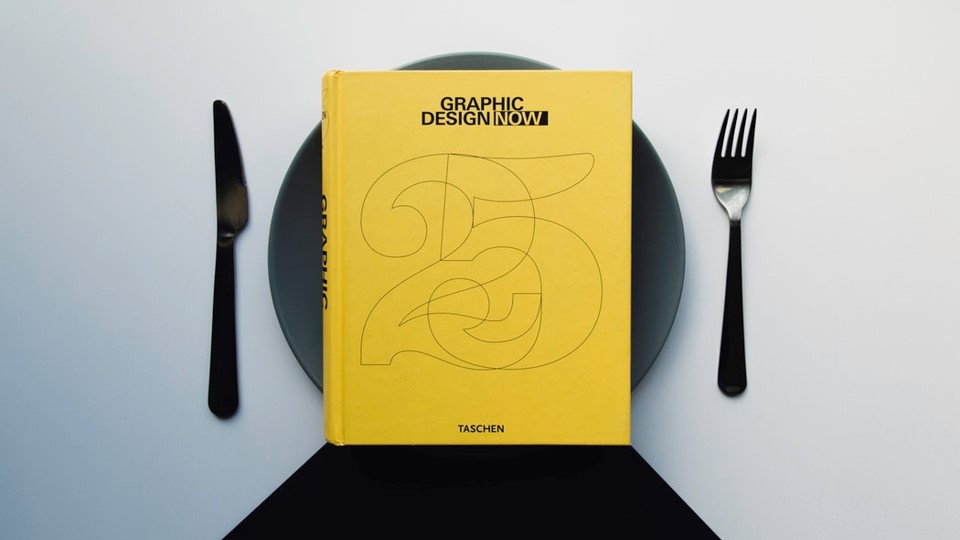
Last month we discussed how to visualise consumer segmentations. This month we look at how visualisation can improve your projects from inception to insight delivery through project branding.
Consumer-facing products that use branding effectively create identity, project a consistent image and are recognisable on cluttered shelves. Clients are exposed to so much content and data, that creating a unique project brand can allow you to achieve the same for your research. This will increase the chance of clients and stakeholders engaging with your work. This ultimately will make them feel included in the research process and more empowered to action the insights you generate.
Here we outline some of the design thinking that can help you brand your projects effectively.
understand your audience
Strong branding relies not only on aesthetic features, but strong supporting messages that are relevant. This means that when you are branding your project you need to consider the audience you are marketing to. You need to ask questions such as:
What style will resonate with the audience? (For example, you wouldn’t use childlike illustrations for a luxury car brand or use sophisticated abstract photography for a children’s toy brand)
What style will stand out in their corporate culture? (What are the colours and tone typically used? How can your project differ versus what exists already, but not so far as to alienate the audience?)
Once you understand your audience on these levels you’re ready to consider what we see as the key assets of branding an effective research project that has identity, is recognisable and engaging:
project name
Al Reis and Jack Trout’s Immutable Laws of Branding states that ‘in the long run, a brand is no more than a name’. This means that at the heart of your branded project there needs to be a name that stands out and is memorable. If you don’t do this, all your visualisation work may have limited longevity!
logo design
A logo is the basic mark of brand identity. It is the most prominent symbol of projecting your desired image. It is a primary asset in enabling your project to connect with your target audience. Getting it right is therefore essential! A good logo should be:
- Unique: allowing it to stand out and catch your audience’s attention
- Memorable: creating lasting visual impact
- Flexible: applicable across collateral
- Cohesive: complimentary to other graphics
secondary graphics
Secondary graphics can include mascots, icons, shapes, patterns, textures and lines that are used to complement your brand. These secondary elements tie together your identity and gives your project an extra boost by highlighting information, breaking up text and adds additional dimensions to your designs.
They play a crucial role in bringing a branded project to life and assist in storytelling with colours and visuals. Secondary graphics strengthen project brand identity and provide continuity in your collateral.
A highly effective secondary graphic can be the use of a brand mascot. These guide your audiences and act as a major representative of a project throughout. A mascot can be used to navigate all documents and help humanise your collateral. A good mascot increases a project’s recognizability, image and attracts attention. These increase the chance of stakeholders engaging with your project and being empowered by your research.
project tone of voice
Colours and visuals are a critical part of your branding. However, you need to make sure that the voice of your branded project reflects these. For example, an overly upbeat tone of voice won’t fit well with bland colours. Conversely, a loud and bold tone of voice will work well with bright colours. As much as your colours and visuals will help your branded project stand out, it is the written word that will deliver many of your messages and project your image. This makes getting the consistency between visuals and copy essential.
style guide
A style guide is a series of templates and directions that show users of your branding how to use the assets you’ve created. This helps maintain the consistency and integrity of your branding. This is important as the greater the integrity of your visuals and voice, the more effective your branding will be. Every expression of visual and voice must be consistent. Failure to do so will leave your audience confused and less engaged. Conversely, consistent use of visual graphics created for the project enforces its brand identity and increases the chances of stakeholders understanding what the project is about and engaging with it.
So, follow these steps, brand your projects effectively and empower your clients and their stakeholders to be a part of them as a result!
This post was originally published on Greenbook.
By Emma Galvin, Creative Executive & Nicholas Lee, Senior Creative Executive
if you would like further information, please get in touch via:
egalvin@northstarpresents-volvo.com or nlee@northstarpresents-volvo.com




